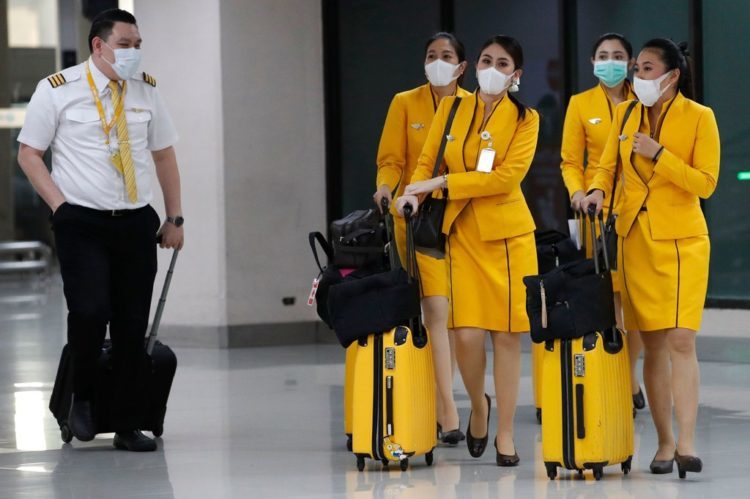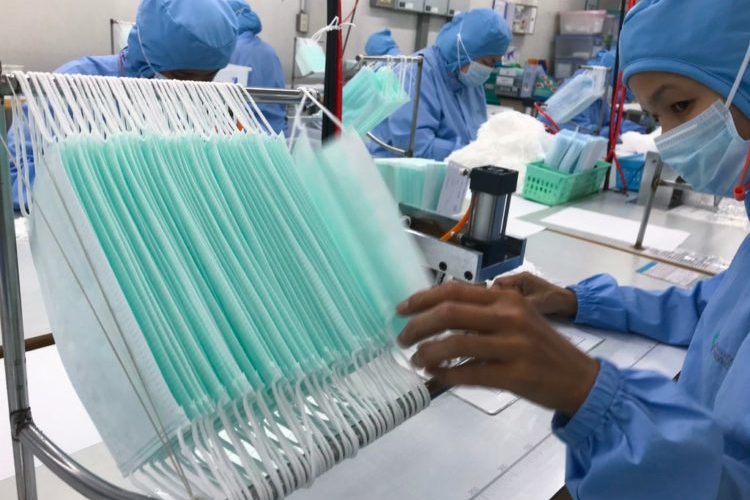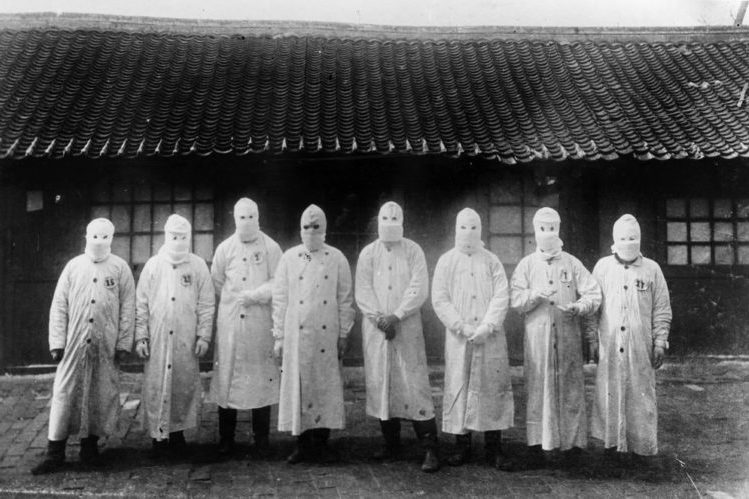Why do people really wear face masks during an epidemic?
Christos Lynteris, a medical anthropologist from the School of Philosophical Anthropological & Film Studies, writes in The New York Times about the prevalence of face masks in epidemics.
His research focuses on the anthropological and historical examination of infectious disease epidemics, animal to human infection (zoonosis), medical visual culture, colonial medicine, and epidemics as events posing an existential risk to humanity.
This article appeared in The New York Times, 13 February 2020.

The latest coronavirus epidemic has sent people scrambling for face masks like never before. “The world is facing severe disruption in the market for personal protective equipment,” Tedros Adhanom Ghebreyesus, the director-general of the World Health Organization, warned last week. “Demand is up to 100 times higher than normal and prices are up to 20 times higher.” This, even though face masks are not, on their own, a proven prophylactic against infection from the new coronavirus (hand washing is more important, medical experts seem to agree).
And yet we shouldn’t look upon this buying spree as a sign of irrational epidemic-panic. Consider mask-wearing in its historical and cultural context and you’ll see that in China, for example, it serves as far more than simply a means of protecting oneself from infection. Masks are also a marker of medical modernity, as well as a signal of mutual assurance that allows a society to keep functioning during an epidemic.
Anti-epidemic masks as we know them today were invented in China more than a century ago, during the Chinese state’s first effort to contain an epidemic by biomedical means. When the pneumonic plague struck the northeastern provinces of the Chinese Empire (a region known then as Manchuria) in the autumn of 1910, the Chinese authorities broke with their longstanding opposition to Western medicine: they appointed Wu Lien-teh (also known as Wu Liande), a young and brilliant Cambridge-educated Chinese doctor from British Malaya, to oversee efforts to stem the outbreak. The plague was about to meet its match.
Soon after arriving in the field, Wu asserted that this plague wasn’t being spread by rats, as had been assumed, but was airborne. The statement was heresy, and turned out to be correct. Wu proved his point by adapting existing surgeons’ masks — which were made of a cotton wad encased in gauze — into easy-to-wear protective devices and ordered Chinese doctors, nurses and sanitary staff to use them. He also made sure that the masks were worn by patients and their immediate contacts, and he distributed some among the general public.
Wu’s Japanese and European colleagues on the ground were skeptical until the death of an eminent French doctor who wouldn’t cover up even while attending patients. Gauze masks were soon adopted, extensively. Some wearers would first stamp them with a seal from a temple — more than simply medical devices, the masks became talismans.
The plague, which caused pneumonia, killed everyone it infected, sometimes within 24 hours of the onset of symptoms. By the time it abated in April 1911, some 60,000 people had died, but Wu’s masks were thought to have prevented an even greater disaster.

The masks weren’t just an effective prevention device: they were also an excellent PR tool for proclaiming China’s position as a modern, scientific nation. And Wu knew that. He made sure to have his anti-plague operations meticulously photographed, turning his mask into an emblem of China’s trailblazing ahead of Western medicine.

The photos were an international sensation: between January and March 1911, newspapers across the world featured many shots of Wu’s mask — which looks much like the white paper version we know today. Cheap, easy to both manufacture and wear, and — for the most part — effective, it was a triumph. When the Spanish influenza struck in 1918, face masks were readily adopted.
In the West, the use of masks did not last much past World War II. But in China, masks remained markers of medical modernity and continued to be used for public-health crises. They were deployed during the Korean War after Mao Zedong claimed that the United States had bombarded the newly Communist country with biological weapons. Since the late 20th century, in both post-Mao China and post-British-colonial Hong Kong, masks have been used against air pollution.
It was the 2002-2003 SARS epidemic that led to the massive adoption of face masks as personal anti-viral protection in China and elsewhere in East Asia: more than 90 percent of Hong Kong residents reportedly wore them during the SARS epidemic. Once again, as in 1911 — but on a 21st-century scale — photographs of mask-clad crowds became iconic of SARS across the globe.
In the West, the image of Asian people with masks is sometimes wielded, deliberately or not, as a signifier of otherness. But in East Asia, the act of wearing a mask is a gesture that communicates solidarity during an epidemic — a time when a community is vulnerable to being divided by fear, between the healthy and the sick.
Various studies of the SARS epidemic showed that mask-wearing created intimacy and trust in the face of danger. What the sociologist Peter Baehr noted for SARS goes, too, for today: “Mask culture” fosters a sense of a fate shared, mutual obligation and civic duty. It brings together people faced with a common threat and helps mitigate one of the secondary dangers posed by an epidemic: anomie, or the breakdown of social norms. Face-mask-related humor, a fixture of SARS, is back on social media in China today. Mask-wearing is a social ritual.
Understanding epidemics not simply as biological events but also as social processes is key to their successful containment. Members of a community wear masks not only to fend off disease; they wear masks also to show that they want to stick, and cope, together under the bane of contagion.
Category Covid-19